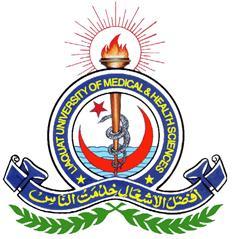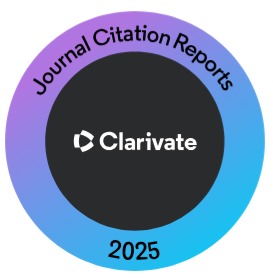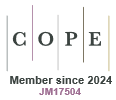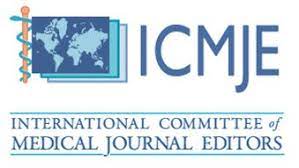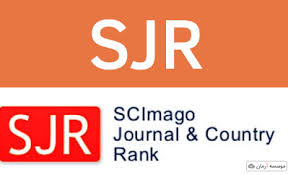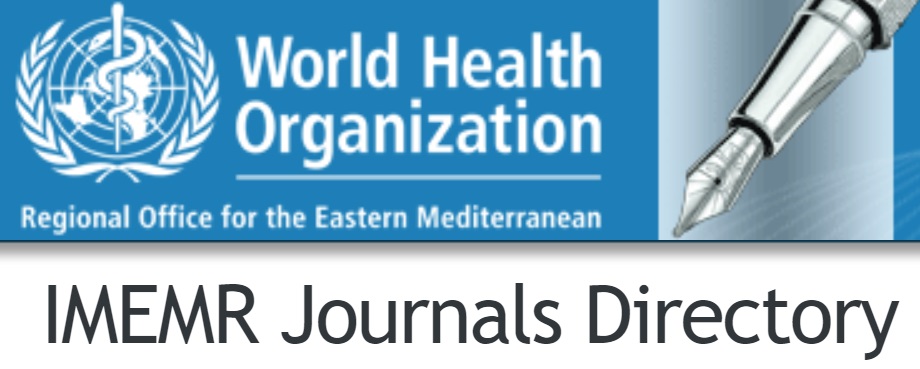Frequency of Bacterial Spectrum in Patients Presenting with Acute Appendicitis
Keywords:
Appendicitis, Bacterial profile, C-reactive protein, Gram-negative bacteria, Appendectomy, E. ColiAbstract
OBJECTIVE: To define the incidence of bacterial spectrum in individuals with acute appendicitis.
METHODOLOGY: This Descriptive cross-sectional study was conducted at the Department of Surgery, Pak Emirates Military Hospital, Rawalpindi, from November 2023 to April 2024. Statistics were obtained from individuals after written approval. A non-probability consecutive sampling technique was used. 145 Patients who presented with acute appendicitis were included. Non-consenting patients, patients with a history of tuberculosis, pneumonia, urinary tract infection and lower abdominal inflammatory conditions other than appendicitis were excluded. Numerical values were expressed as numbers, mean, and standard deviation and qualitative data were expressed as frequency and percentages. Outcome changers were measured by stratification to determine their efficacy, with a p-value of ?0.05 considered substantial. Statistics were analyzed on SPSS version 20
RESULTS: 145 individuals were involved. The mean age was 43.93±4.28 years. 83 (57.2%) were male and 62 (42.8%) were female. Out of 145 patients with acute appendicitis, the bacterial spectrum showed E. coli (34.5%), Staphylococcus aureus (5.5%), Pseudomonas aeruginosa (30.3%), Klebsiella pneumoniae (11%), Streptococcus (13.8%), Enterococcus saprophyticus (33.1%), and Bacteroides fragilis (38.6%).
CONCLUSION: The greater rate of isolation of pathogenic bacteria in patients with acute appendicitis supports its pathogenic role. Gram-negative microorganisms are most common in inflammation of the appendix, equating with gram-positive microorganisms.
References
Mán E, Simonka Z, Varga A, Rárosi F, Lázár G. Impact of the Alvarado score on the diagnosis of acute appendicitis: comparing clinical judgment, Alvarado score, and a new modified score in suspected appendicitis: a prospective, randomized clinical trial. Surg Endosc. 2014 Aug;28(8):2398-405.
Chen CY, Chen YC, Pu HN, Tsai CH, Chen WT et al. Bacteriology of acute appendicitis and its implication for the use of prophylactic antibiotics. Surg Infect (Larchmt) 2012;13:383–90.
Swidsinski A. Mucosal invasion by fusobacteria is a common feature of acute appendicitis in Germany, Russia, and China. Saudi J. Gastroenterol 2012 18:55–58
Naher HS, Ktab FK. Bacterial profile associated with appendicitis. Intern Res J Med Sci 2013;1(2):1-4.
Jeon HG, Ju HU, Kim GY, Jeong J, Kim MH, Jun JB. Bacteriology and changes in antibiotic susceptibility in adults with community-acquired perforated appendicitis. PLoS One. 2014 Oct 24;9(10):e111144.
Abid M. Bacteriology of Acute Appendicitis and its Implication for Rationale Use of Antibiotics. PJMHS. 2020; 14(3):
Zachos K, Kolonitsiou F, Panagidis A, Gkentzi D, Fouzas S, Alexopoulos V et al. Association of the Bacteria of the Vermiform Appendix and the Peritoneal Cavity with Complicated Acute Appendicitis in Children. Diagnostics. 2023; 13: 1839. https://doi.org/10.3390/diagnostics13111839
Maita S, Andersson B, Svensson JF. Non-operative treatment for nonperforated appendicitis in children: a systematic review and meta-analysis. Pediatr Surg Int. 2020; 36: 261–269. https://doi.org/10.1007/s00383-019-04610-1
Khaled AJ. Microbial Epidemiology of Acute and Perforated Appendicitis: A Post-Hoc Analysis of an EAST Multicenter Study. J Surg Res. 2020; 269: 69-75.
Kakar M, Reinis A, Kroica J, Engelis A, Broks R, Asare L et al. Microbiota Assessment of Pediatric Simple and Complex Acute Appendicitis. Medicina. 2022; 58: 1144
Hiroe K, Yonfan P, Kai S, Masaki Y, Akira H, Yukihiko K. Culture-based bacterial evaluation of the appendix lumen and antibiotic susceptibility of acute appendicitis in Japan: A single-center retrospective analysis. Medicine. 2020; 103(29): p e39037.
Tamura R, Nakamura K, Hirotani T. Differences in isolated bacteria between perforated and non-perforated appendicitis: an analysis of 680 consecutive appendicectomies in a single institution. Pediatr Surg Int. 2022; 38: 1887-1893.
Yukumi S, Ishimaru K, Suzuki H, Morimoto M, Sato C, Kaneko Y et al. Appropriate Antibiotic Selection during the in-hospital Waiting Period for Surgery for Appendicitis, J Anus Rectum Colon. 2022; 6(4): 259-263.
Laverde B, Maak M, Langheinrich M. The role of intraoperative swab during appendectomy in patients with uncomplicated and complicated appendicitis. Int J Colorectal Dis. 2023; 38: 272.
Jeon HG, Ju HU, Kim GY, Jeong J, Kim MH, Jun JB. Bacteriology and changes in antibiotic susceptibility in adults with community-acquired perforated appendicitis. PLoS One. 2014 Oct 24;9(10):e111144.
Downloads
Published
How to Cite
Issue
Section
License
Copyright (c) 2025 Journal of Liaquat University of Medical & Health Sciences

This work is licensed under a Creative Commons Attribution-NonCommercial-ShareAlike 4.0 International License.
Submission of a manuscript to the journal implies that all authors have read and agreed to the content of the undertaking form or the Terms and Conditions.
When an article is accepted for publication, the author(s) retain the copyright and are required to grant the publisher the right of first publication and other non-exclusive publishing rights to JLUMHS.
Articles published in the Journal of Liaquat University of Medical & health sciences are open access articles under a Creative Commons Attribution-Noncommercial - Share Alike 4.0 License. This license permits use, distribution and reproduction in any medium; provided the original work is properly cited and initial publication in this journal. This is in accordance with the BOAI definition of open access. In addition to that users are allowed to remix, tweak and build upon the work non-commercially as long as appropriate credit is given and the new creations are licensed under the identical terms. Or, in certain cases it can be stated that all articles and content there in are published under creative commons license unless stated otherwise.


